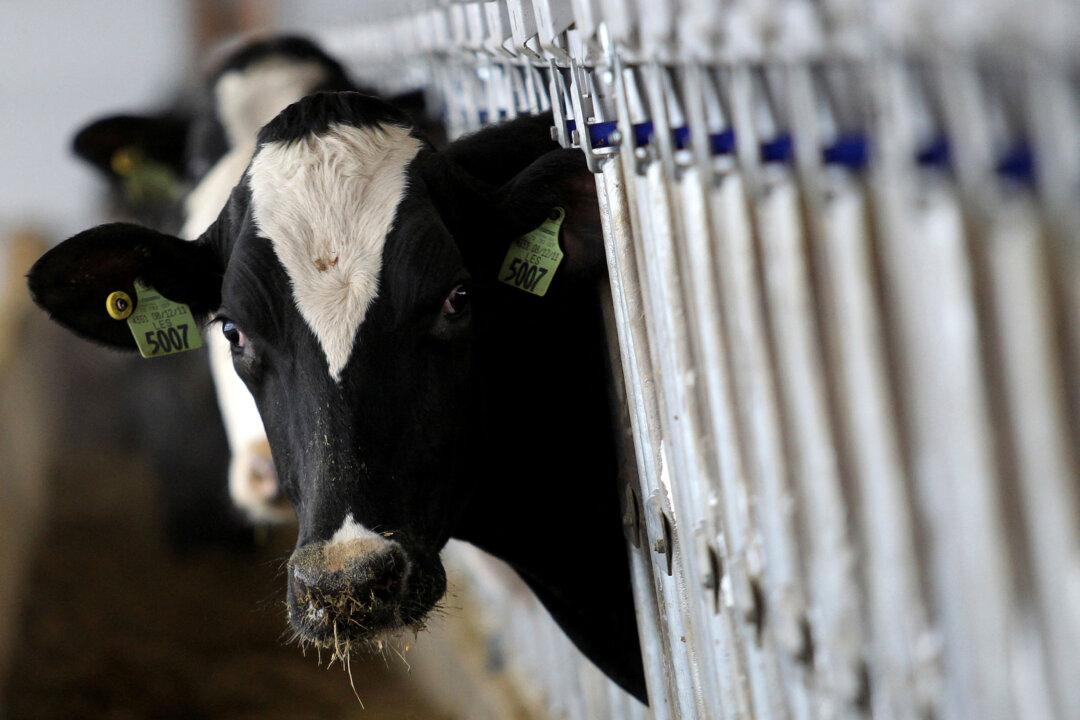The highly pathogenic avian influenza is likely being spread by people who work on multiple farms, as well as through the sharing of equipment, the U.S. Department of Agriculture (USDA) said on June 13.
Farmers with confirmed cases of the influenza in their cattle who answered USDA surveys said that they had used shared trucks or trailers to transport cattle within 30 days of the cows showing clinical signs of influenza, which is also known as bird flu or H5N1.





